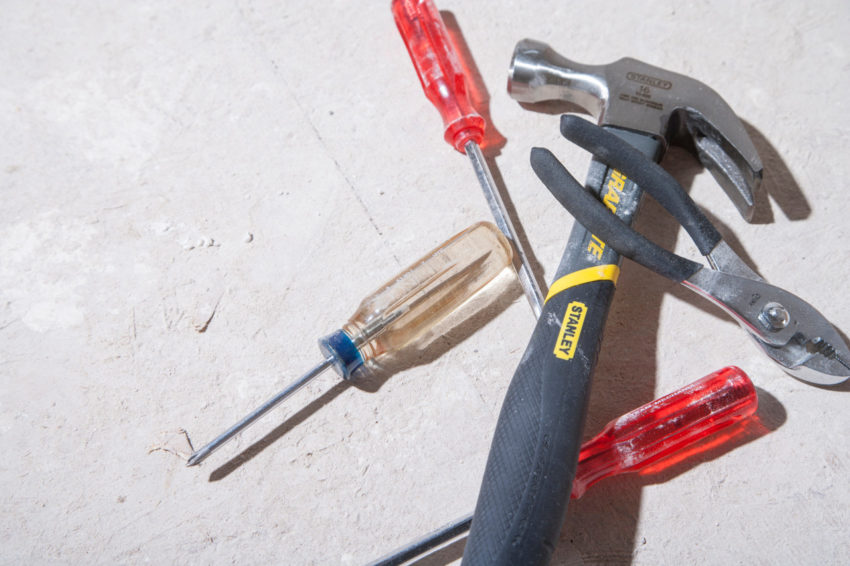Hose clamps are essential components for any plumbing project. They serve by securing a hose over an accessory, preventing any leakage at the connection point. Hose clamps are popular pipe fitting, from kitchen plumbing to boat and car engines.
Hose clamps are available in a variety of materials and sizes, depending on their application. Hose clamps stainless steel, carbon steel, aluminum, plastic, and brass are among the most common materials. Specific standards may determine the material component used.
Hose clamps stainless steel is a popular option where corrosion is a concern. The chromium in the stainless steel creates a self-healing oxide that resists rust and other forms of corrosion. Stainless steel often comes in different grade types with unique properties and an equally wide range of price tags. Understanding the stainless-steel classification can help you find the right grade for your project. Here are five tips to guide you as you compare the different hose clamp types.
1. Specification Used
Stainless steel is a metal alloy comprising the base iron and carbon and an additional chromium component. Different standardization specifications are available such as the AISI (American Iron and Steel Institute) and SAE (Society of Automotive Engineers), among others.
Today, standards for stainless steel compositions are identifiable from the “three-digit classification” by AISI. 1xx refer to lean allow stainless steel, 2xx are nickel-chromium austenitic stainless steels, 3xx identify higher-chromium austenitic stainless steel, while 4xx are martensitic and ferric stainless steels. Consulting a Hose clamps stainless steel manufacturer can help you understand the grade suitable for your application.
2. Strength
Stainless steel clamps can fit a variety of applications. The hose clamps may be subjected to a variety of working environments, including high pressure and temperature situations. You may need to identify hose clamps stainless steel grades that can withstand the stress without any metallurgical changes. For example, high pressure and temperature environments may require a stainless-steel clamp from one of the 4xx grade series.
3. Corrosion Resistance
Corrosion is a natural, unforeseen enemy that is the bane of most plumbing applications. All stainless-steel grades provide a baseline level for corrosion resistance due to the chromium present. However, certain kinds of corrosion and operating environments may require the addition of specific compounds to reduce the weakening of your pipe fittings. Molybdenum, a chemical additive to the 316-grade, improves corrosion resistance in environments with high levels of salt and chloride. This makes 316 hose clamp stainless steel an excellent option for boats and marine applications.
4. Weldability
Certain applications may require that you weld the clamp to other components within your plumbing system. You may need to identify the right type of stainless-steel grade that can be weld. The different chemical compositions may affect the weldability of a specific grade. You can consult the manufacturer to identify the right austenitic stainless steel for your welding processes.
5. Ductility
This property refers to the quality of a metal to be drawn out into a wire without fracture. Annealed austenitic stainless steels have excellent elongation properties. Ductility may assist you in achieving a tight fit for your application despite the varying actual sizes of the fitting and the hose.
Finding the right stainless-steel grade is critical to identifying the right hose clamps for your project. To discuss your application needs, reach out to Hose Clamp Kings.


